Dublin born, Harvard educated John Trumbull (1756-1843) had only one good eye but he didn’t let that stop him from pursuing a career as a painter. At the age of twenty-four, he moved to London to study with Benjamin West (1738-1820), painting alongside another of West’s students, Gilbert Stuart (1755-1828).
Under West’s influence, Trumbull completed The Death of General Montgomery, The Death of General Wolfe, The Death of General Mercer, The Death of General Warren, The Surrender of Lord Cornwallis, and Surrender of General Burgoyne.
In the case of The Death of General Mercer at the Battle of Princeton, “complete” is not the right word since he worked on the subject on and off for forty-five years, leaving at least twelve sketches and three oil paintings. Princeton University is fortunate to own seven of the twelve sketches, which many critics have valued for their spontaneity and freshness over the final oils.
In 1950, Theodore Sizer worked out the sequence of works and their owners: (Princeton University Library Chronicle 12, no.1):
1, 1786, pencil sketch, Yale University 1938.277(1)
2, 1786, pen and ink wash sketch, Princeton University [at the top]. General Mercer has been beaten to his knees. George Washington and his officers are on horseback.
3, 1786, pencil sketch, Princeton University. General Mercer has been moved to the right. On the left Lieutenant Charles Turnbull is backed against a cannon. Washington can be seen in the center with Nassau Hall in the distance.
4, 1786, pencil sketch, Princeton University. Mercer is back in the middle, Turnbull is at the right, and Washington on the left.
5, 1786, pencil sketch, Princeton University. Turnbull is at the left, Washington on the right, and Mercer at the center.
6, 1786, pen and ink wash sketch, Princeton University. This combination has been finished in an ink wash but Trumbull still is not satisfied.
7, 1786, pencil sketch, Princeton University. Washington is back in the center and Turnbull on the left, balanced with two soldiers walking out of the frame.
8, 1786, pen and ink wash sketch, Princeton University. A file of British infantrymen march in from the right. The triangle is complete and Trumbull creates a finished sketch, before working in oil.
9, ca. 1786-88, oil painting, Yale University. 1832.6.2
10, 1790, pencil sketch, private hands [not illustrated]
11, 1791, pencil sketch, Metropolitan Museum of Art. Gift of Robert W. de Forest, 1906 (06.1346.2). Image © The Metropolitan Museum of Art. Source: www.metmuseum.org. This drawing represents Brigadier General Hugh Mercer. Because his subject was deceased, Trumbull used for his model Mercer’s son Hugh Jr.; he twice sketched the young man in Fredericksburg, Virginia, in April 1791.
12, 1791, pencil sketch, Fordham University [not illustrated]
13, 1791, pencil sketch, Fordham University [not illustrated]
14, ca. 1789-ca. 1831, oil painting, Yale University. 1832.6.1
15, 1844, oil painting, Wadsworth Atheneum Museum of Art, #1844.5. This painting was In the possession of the artist until his death in 1843, when it was purchased by Daniel Wadsworth and committee members of the Wadsworth Atheneum from Benjamin Silliman, executor of the artist’s estate, in 1844.
Trumbull gave sketches no. 3-8 to his nephew-in-law Professor Benjamin Stillman in the late 1830s, who passed them on to his son, Stillman II, and then to Stillman III. In 1896, the sketches were sold at auction to Junius Spencer Morgan, Class of 1888, who donated them to Princeton University in 1904 (GA 2005.00005-10). The seventh drawing, no. 2, was purchased in 1957, thanks to the generosity of Edward Duff Balken, Class of 1897 (GA 2006.02348).
Our sincere thanks to Yale University, the Metropolitan Museum of Art, and the Wadsworth Atheneum for allowing us to post their images. More of Trumbull’s work at Yale can be seen at: http://discover.odai.yale.edu/ydc/Author/Home?author=Artist%20John%20Trumbull
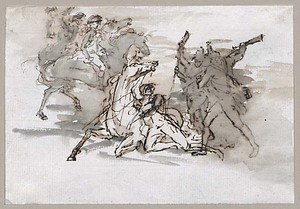
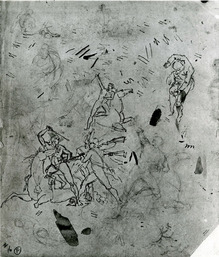
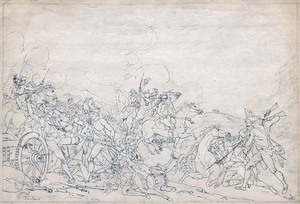
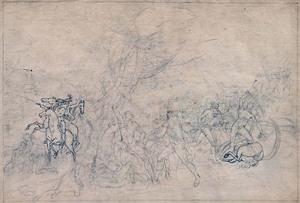
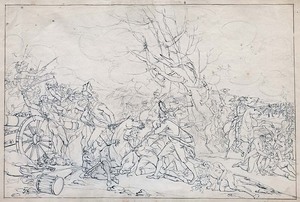
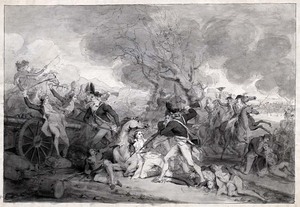

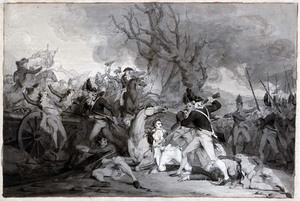
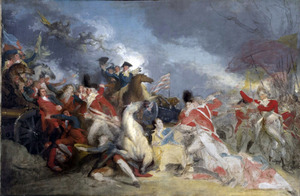
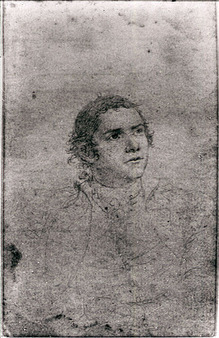
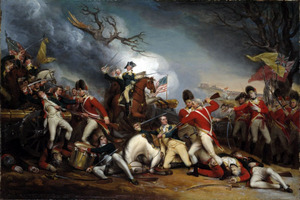
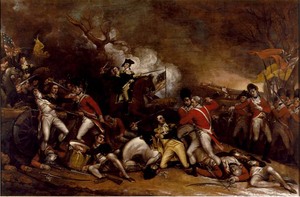
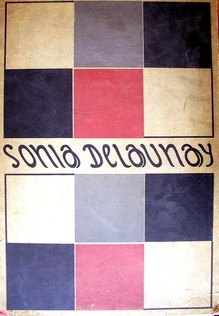
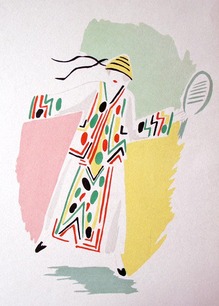
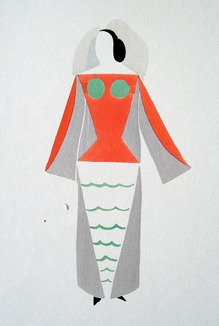
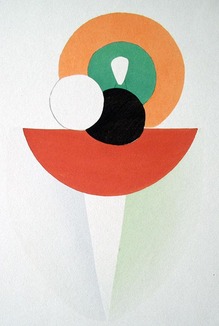
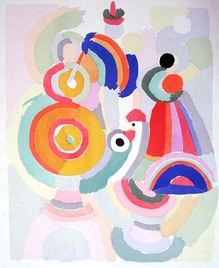
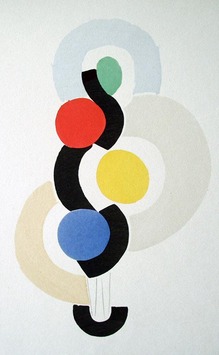
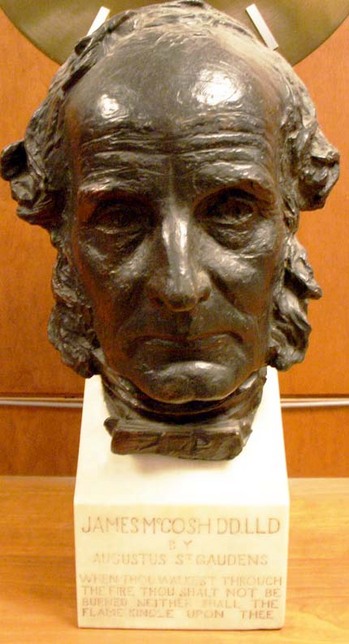
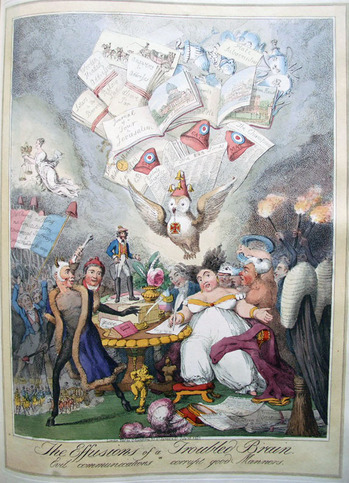
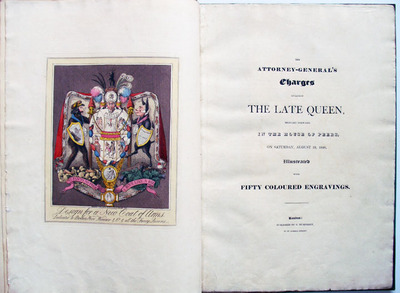
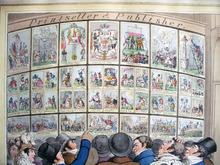

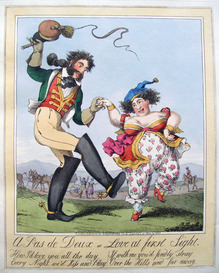
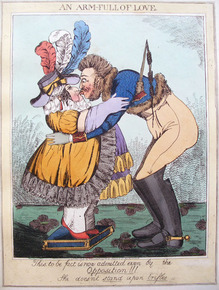
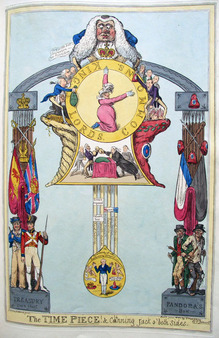
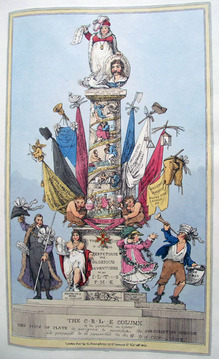
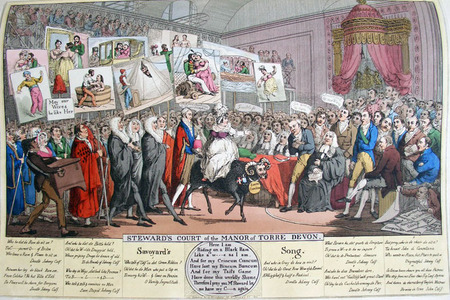
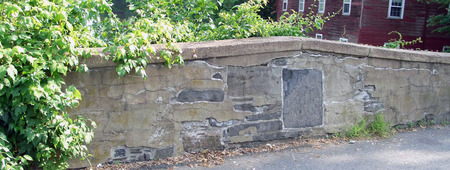
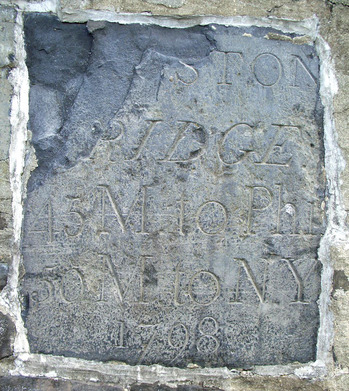
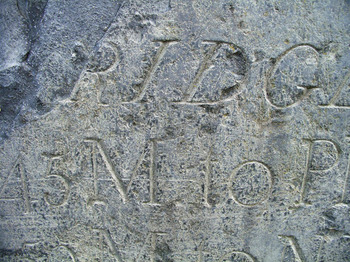

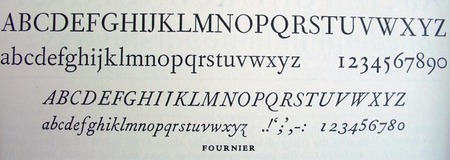
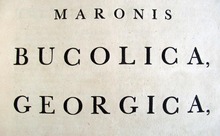

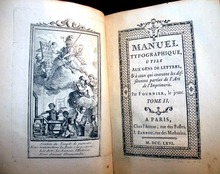
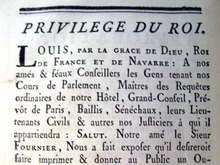
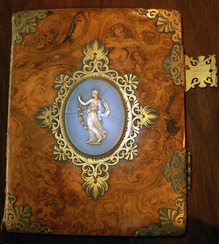

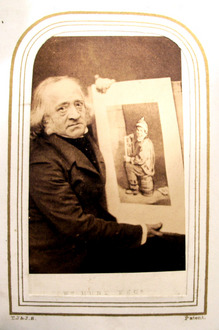
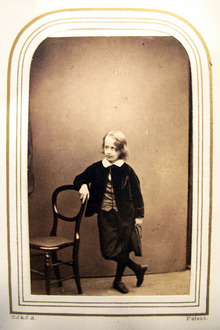
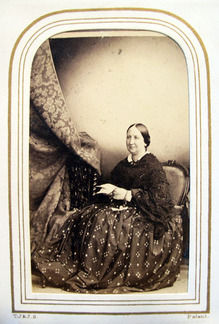
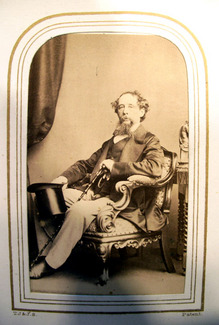

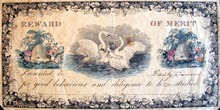
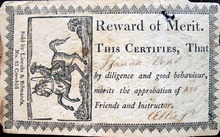
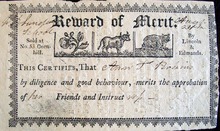
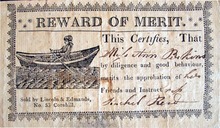
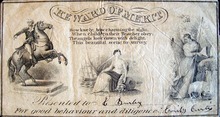
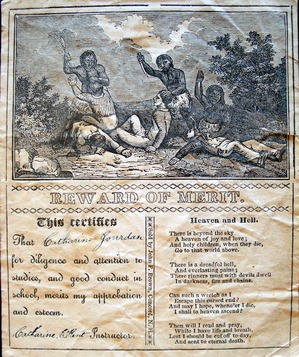
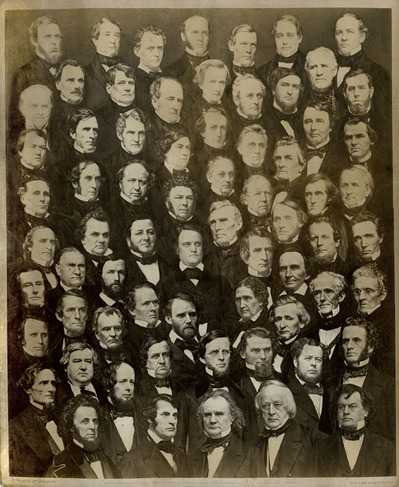
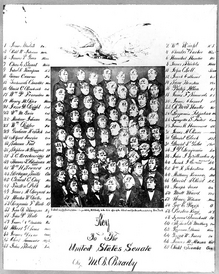


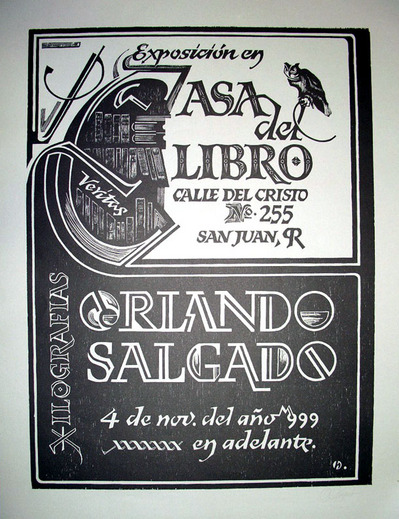
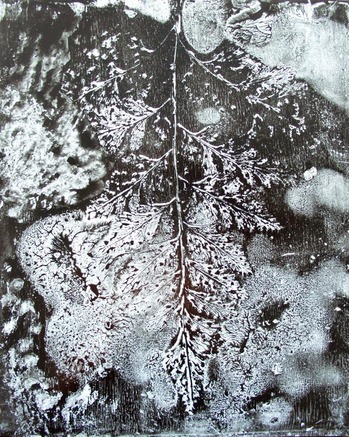
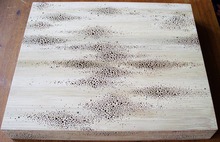
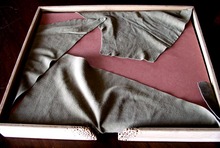
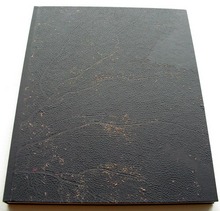

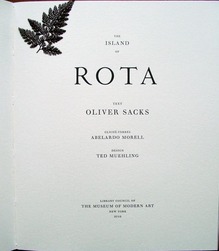
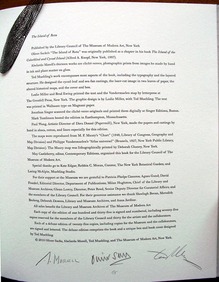
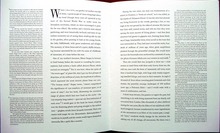
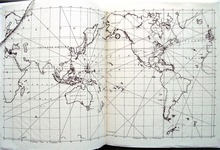
Recent Comments